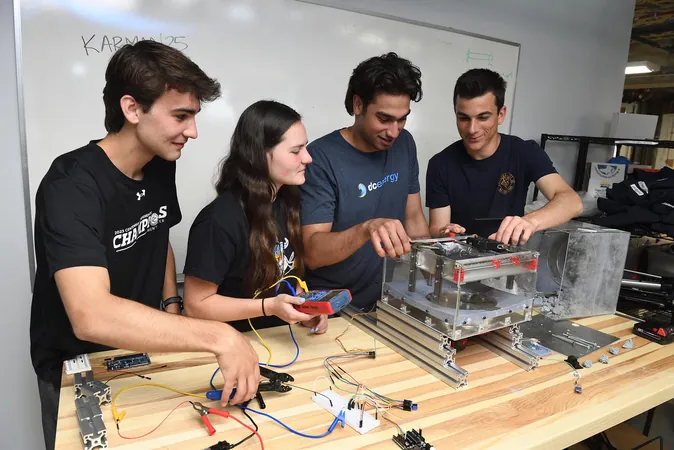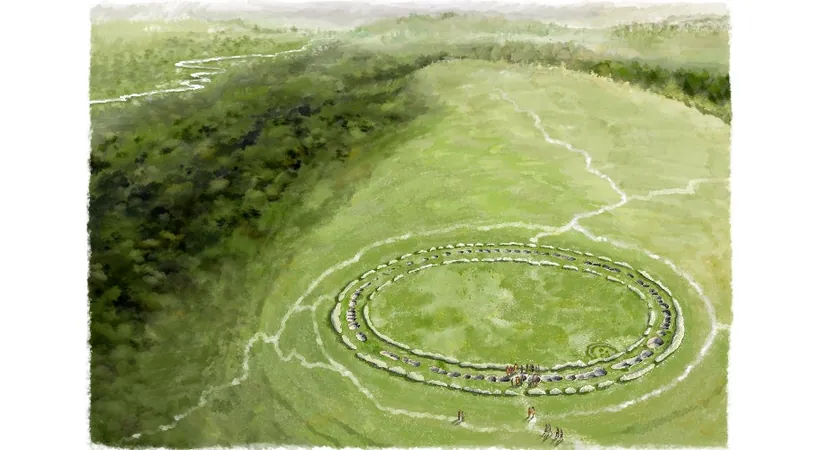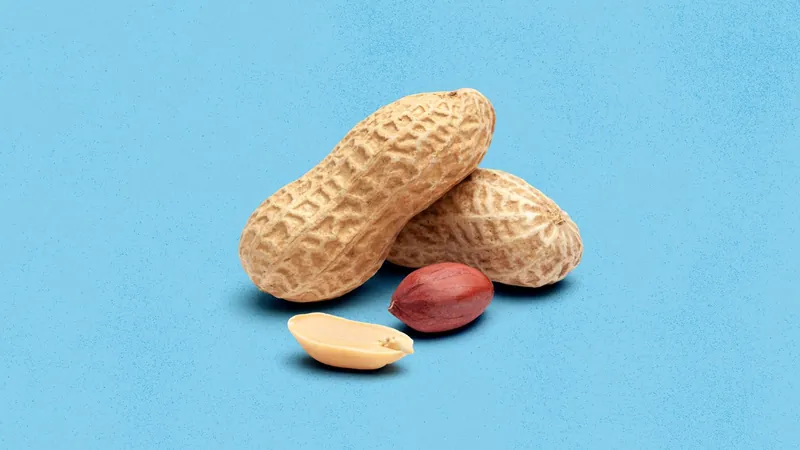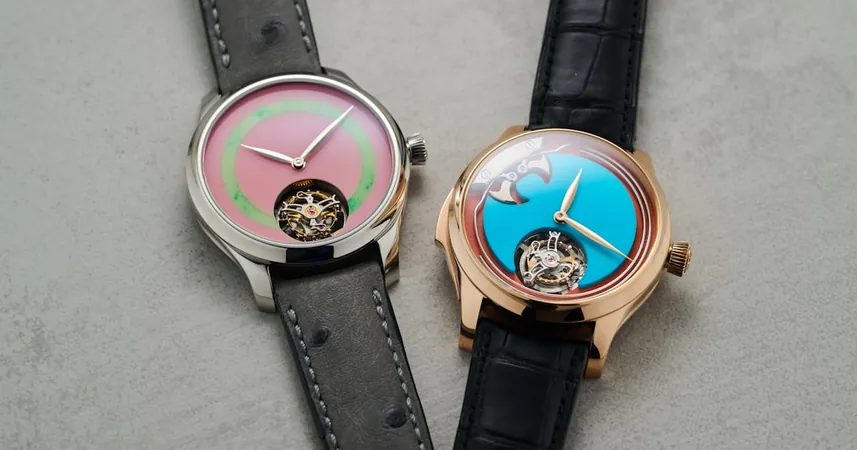
Revolutionizing Space Mining: Meet the ‘Asteroid Grinder’ Team!
2025-04-16
Author: Li
Asteroid mining is no longer just science fiction; it’s becoming a thrilling reality! A group of four ambitious seniors from Johns Hopkins University is diving into this groundbreaking field with their innovative project called the ‘Asteroid Grinder.’ But the challenge? Crushing asteroid rock in zero gravity.
"During the initial month, we evaluated various mechanisms used on Earth for crushing materials, but quickly realized they were impractical in space," explains Jonik Suprenant, one of the engineering wizards behind this exciting design. Working alongside classmates Jacob Hammond, Grace Nockolds, and Zahari Stoimenov, the team is set to unveil their prototype on April 29 during the Whiting School of Engineering's Design Day.
The ultimate goal? To create a compact, energy-efficient device capable of pulverizing asteroid regolith into fine powder. This powder could pave the way for sustainable opportunities in space—transforming it into satellite fuel, essential building materials, or components for solar panels—eliminating the need for transporting heavy materials from Earth.
Companies like Karman+ are at the forefront of this revolution, with plans to begin asteroid mining missions by 2027. They’re counting on innovative designs like ‘Asteroid Grinder’ to facilitate the grinding process of regolith directly in space.
"We’re not just crafting a gadget; we’re creating a groundbreaking process,” says Grace Nockolds, emphasizing the significance of their work. "This is real engineering, aligned with a real client, tackling a challenge never faced before."
The ‘Asteroid Grinder’ itself is a compact foot-long cube that employs spinning blades and mechanical pressure to crush rock without relying on gravity. The regolith enters through an ingenious accordion-style gateway and progresses into a grinder reminiscent of an ice shaver, producing fine dust ready for future applications.
Rich Bauernschub, the co-leader of the senior design course, highlighted a key breakthrough: the team’s innovative three-axis rotating frame that replicates the chaotic conditions of microgravity. "That was one of those defining moments for me," he shared, recalling the team's moment of revelation.
While the ‘Asteroid Grinder’ isn’t destined for immediate flight, its research is invaluable for Karman+ as they prepare for their upcoming missions. For the students, who balance demanding academic schedules with varsity sports, this experience is a remarkable opportunity to engage in cutting-edge engineering.
As Jesse Miller, an engineer at Karman+ and former Hopkins student, reflects on his mentorship role, he shares, "Witnessing this team tackle such a unique challenge has been incredibly rewarding. My own senior design project left a significant mark on my Hopkins experience, so it’s amazing to see these students excel."



 Brasil (PT)
Brasil (PT)
 Canada (EN)
Canada (EN)
 Chile (ES)
Chile (ES)
 Česko (CS)
Česko (CS)
 대한민국 (KO)
대한민국 (KO)
 España (ES)
España (ES)
 France (FR)
France (FR)
 Hong Kong (EN)
Hong Kong (EN)
 Italia (IT)
Italia (IT)
 日本 (JA)
日本 (JA)
 Magyarország (HU)
Magyarország (HU)
 Norge (NO)
Norge (NO)
 Polska (PL)
Polska (PL)
 Schweiz (DE)
Schweiz (DE)
 Singapore (EN)
Singapore (EN)
 Sverige (SV)
Sverige (SV)
 Suomi (FI)
Suomi (FI)
 Türkiye (TR)
Türkiye (TR)
 الإمارات العربية المتحدة (AR)
الإمارات العربية المتحدة (AR)